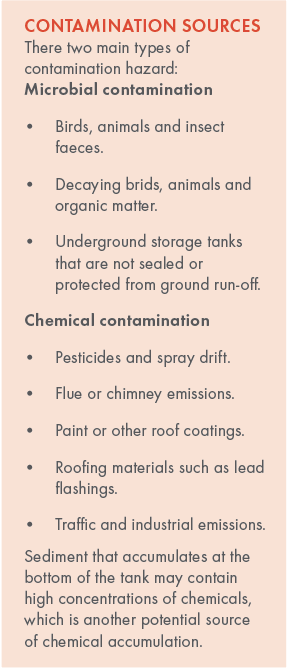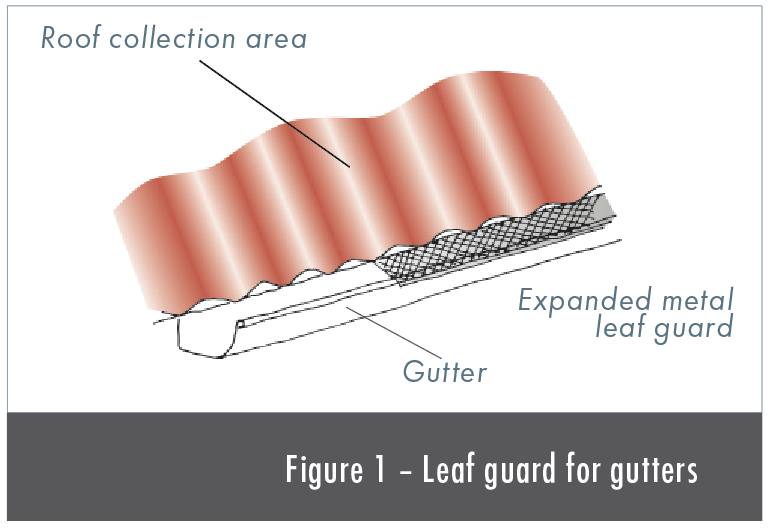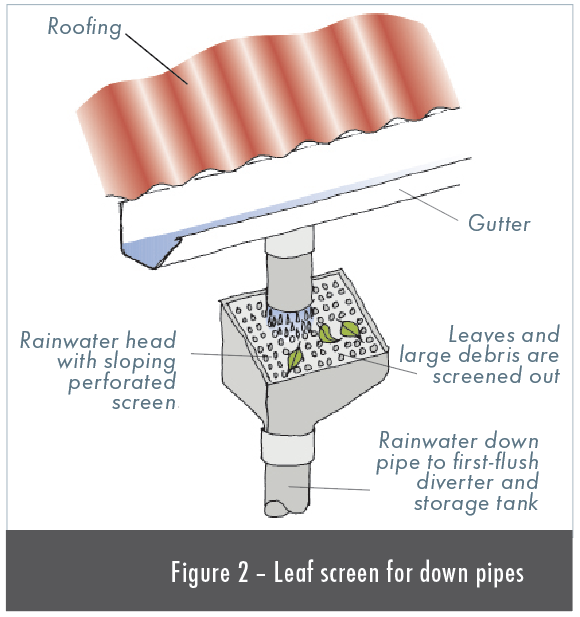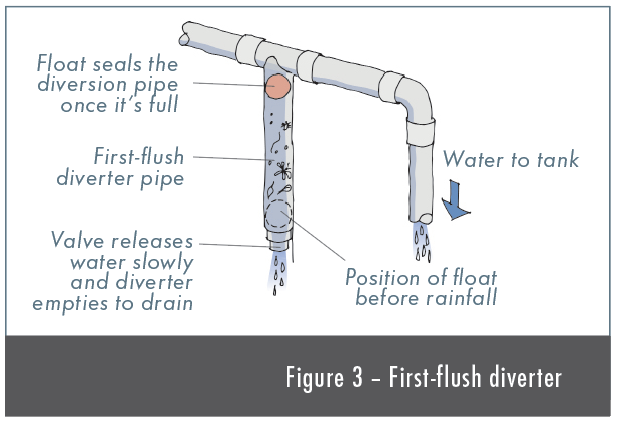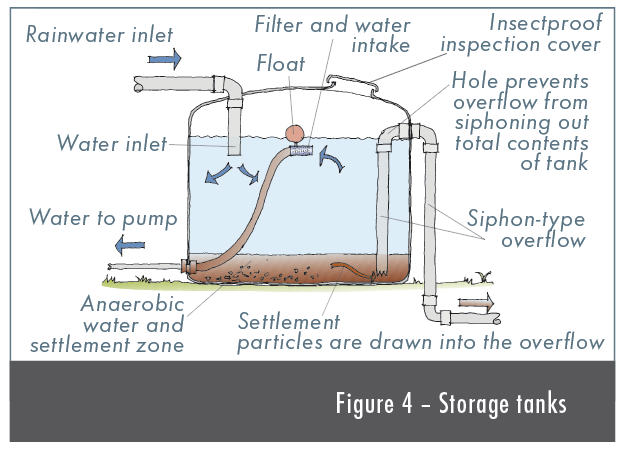Collecting drinking water from roofs
26 Aug 2016, Prove Your Know How, Technical
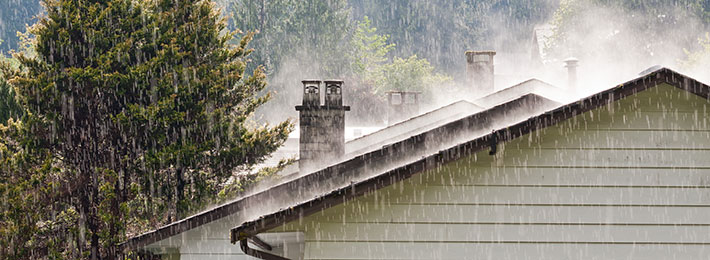
Collecting rainwater for drinking can be practical, money-saving and sometimes simply necessary. If a customer approaches you about including this facility in a new build or renovation, it’s important for safety’s sake that systems are correctly set up and maintained
An estimated 10% of New Zealanders obtain their drinking water from rainwater collected from the roof. If roof-collected water is clear and has little taste or smell, it’s generally safe to drink.
To ensure it’s safe and does not become contaminated, some precautions are necessary. It’s also important to remind homeowners to regularly check, clean and maintain the system and storage tank.
Take precautions to avoid contamination
To minimise the risk of rainwater contamination:
- Ensure the roof surface is suitable for collecting potable water (water safe enough for drinking and food preparation).
- Keep the roof clean and free of debris.
- Keep the roof catchment area clear of overhanging branches (away from birds, rodents, possums).
- Avoid installing a television aerial or any other fixtures that may provide roosting for birds.
- Install mesh leaf guards over gutters (Figure 1).
- Install leaf screens to downpipes (Figure 2).
- Install a first-flush diverter to divert the first water from the gutter away from the storage tank
(Figure 3 overleaf). - Install a finer filtration system to remove smaller particles that are not removed by the leaf guard and screening systems.
- If spray drift is anticipated, disconnect the pipes and do not reconnect them until the roof has been well washed by rain.
Storage tanks
To reduce contamination in the storage tank:
- Install a calmed water inlet system to reduce sediment disturbance during heavy rainfall.
- Install the water intake near the water surface (where the water is likely to be cleanest) using a floating intake (Figure 4 overleaf).
- Attach insect-proof screens or flap valves to the end of all pipes to keep insects out and ensure the tank is properly vented.
- Install an air gap to the overflow outlet to prevent storm water backflow into the tank.
- Keep access covers closed to prevent access into the tank by insects, pests or debris.
- If the storage tank is below ground, ensure that surface run-off from areas other than the roof catchment cannot get into the tank.
- Leave a new roof for at least one good rainfall before connecting downpipe to the storage tank.
A few ‘do nots’
Collected water cannot be used for drinking if it has been in contact with:
- Uncoated lead flashings – lead flashings on existing roofs should be coated with suitable paint (coated lead paint is available for new roofs).
- Treated timber – chemicals leaching out might contaminate the water.
- Asbestos – although asbestos is no longer used in new building work, existing asbestos roofs should not be used for collecting rainwater.
- Bitumen, lead-based and other paints that do not meet required water quality standards.
Water catchment system
The water catchment system comprises the roof, gutters, downpipes, water storage tank and the pipework connecting the two.
Downpipes may be open – ie, they can easily be disconnected if required (such as for roof cleaning or if contamination of water occurs) – or sealed if the pipework remains full of water and cannot be easily disconnected.
Roofing materials
Roofs suitable for water collection for human consumption must meet the requirements of AS/NZS 4020:2005 Testing of products for use in contact with drinking water and may include:
- Unpainted zinc/aluminium alloy-coated or galvanised (zinc) steel.
- Factory-coated or painted zinc/aluminium alloy-coated or galvanised steel.
- Zinc.
- Stainless steel.
- Aluminium.
- Concrete or clay tiles.
- Untreated timber shingles – usually imported western red cedar.
- Butyl rubber.
- Asphalt shingles.
- Bitumen membranes.
Always check with the manufacturer.
Tanks and pipework used for storing drinking water, even if only in an emergency, must be made from materials complying with AS/NZS 4020:2005.
Water tanks can be made of galvanised steel, zincalume (only if not in ground contact), fibreglass, plastic and concrete. When new, they may sometimes affect the taste of water.
A galvanised tank, for example, may initially cause a metallic taste, or a new concrete tank may release lime that increases the pH of the water and cause a slightly bitter taste.
The taste generally diminishes over time, and if the tank and pipework materials meet the requirements of AS/NZS 4020:2005, they do not present a health hazard.
Filtration systems
Filtration systems can be either:
- A point-of-use system, where the filter is attached to the inlet supply, a tap or plumbed in with a dedicated faucet.
- A point-of-entry system, which is a centrally installed system to treat all water.
A range of filters are available, including:
- Mesh filters, including polyester, of various sizes to remove different types of particles.
- Carbon filters.
- Reverse osmosis filters.
- UV sterilisers to kill bacteria.
Ideally, a filtration system should include several different types of filters.
First-flush diverter
First-flush diverters prevent the first rainfall – containing dirt, debris and contaminants from the roof – from entering the storage tank by diverting it into a separate chamber (see Figure 3).
Once this chamber is full, the water feeds into the storage tank. There are different size chambers: the larger the roof area, the more rainwater initially has to be flushed away from the storage tank, so the larger the chamber must be.
First-flush diverters are designed to empty themselves, but they should be checked regularly and emptied if necessary.
Inspect regularly and maintain
It is very important that system inspections and maintenance are carried out regularly. BRANZ recommends the following timetable:
Every 3-6 months
- Inspect and clean gutters.
- Before cleaning, disconnect pipes that feed the storage tank if possible.
At least every 12 months
- Check the roof, remove debris and prune overhanging branches.
- Check tank inlets, mesh covers and leaf filters, and clean and repair as necessary.
- Check the exterior of the tank and pipes for structural integrity, leaks and seepage.
- Check for evidence of access by animals or insects, the presence of algal growth and accumulated sediment.
Tank cleaning
If the tank needs cleaning, it should be emptied, sediment removed, scrubbed and rinsed with clean water. Ideally, professional tank cleaners should be engaged.
Sediment should be removed when required. This can be done without emptying the tank by siphoning, pumping, using a scour valve (if the tank has one) or by using a swimming pool vacuum cleaner.
Disinfecting storage tanks and pipelines
Tanks and pipework should be disinfected every 18-24 months to reduce algal growth, using hydrogen peroxide or a household bleach containing sodium hypochlorite or calcium hypochlorite. Another method of treating water is with UV light.
Roof maintenance and painting
Roofs used as water catchments must not be painted with lead or chromium-based paints.
Most modern roof paints are labelled for their suitability if the roof is to be used as a water catchment, but always ask the manufacturer if you’re unsure.
The roof should be cleaned annually. Pipes to the water storage tank must be disconnected beforehand, so the water can be flushed away.
Register to earn LBP Points Sign in


